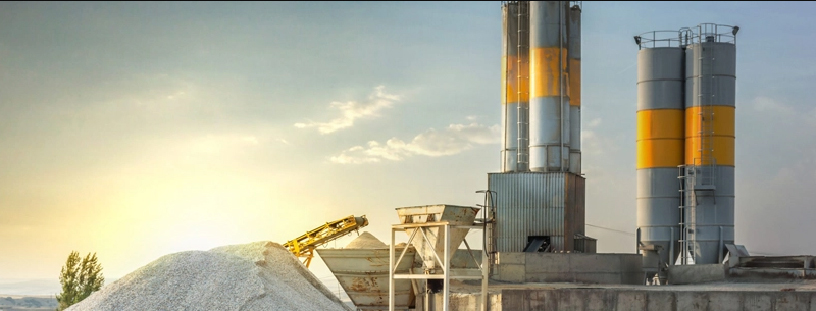
Do you want to know more about Sustainable Concrete in Construction?
Concrete is the most commonly used building material for constructing various structures, including buildings, bridges, and roads. However, conventional concrete production has significant environmental impacts, such as high carbon emissions and depletion of natural resources. Sustainable concrete reduces these impacts using environmentally friendly materials and innovative production methods.
What is Sustainable Concrete?
Sustainable concrete is produced using alternative materials and techniques that reduce its environmental impact. The use of sustainable concrete in construction has gained momentum in recent years due to concerns about the environmental impact of traditional concrete. Production of traditional concrete involves extracting raw materials, such as limestone and sand, which requires significant energy and causes greenhouse gas emissions. Additionally, traditional concrete production requires large amounts of water, which can be a significant issue in areas with limited water resources.
Concrete"s three primary ingredients are cement, aggregate, and water. Each one is made out of raw ingredients, which also require energy to produce trash. This makes it clear that the manufacturing stage, which caught the attention of both the government and the public, is the most important stage from an environmental standpoint. Clay must be properly blended with cement to create cement, which is then fired to a temperature of 1450C in a rotating kiln. The basic material changes to the clinker at this temperature, and after cooling, it is processed in a rolling mill to generate cement powder. All of these processes involve significant energy consumption and CO2 emissions.
.jpg)
Benefits of Sustainable Concrete
One of the most significant benefits of sustainable concrete is the reduction of greenhouse gas emissions. Using alternative materials, such as fly ash, slag, and silica fume, can reduce the amount of cement used to produce concrete, resulting in a lower carbon footprint. Furthermore, using recycled materials, such as crushed concrete, reduces the need for new raw materials and diverts waste from landfills.
Additionally, sustainable concrete can increase a building"s energy effectiveness. The requirement for heating and cooling systems is decreased by the concrete"s thermal mass, which can store and release heat. Additionally, sustainable concrete can contribute to developing a circular economy, where waste is reused in production, reducing the need for new materials and improving resource efficiency.

Applications of Sustainable Concrete
From small-scale infrastructure projects to substantial residential buildings, sustainable concrete may be employed in various construction settings. It may be used for residential foundations, walls, and floors. It can also create low-rise structures like community centers and schools.
In commercial construction, sustainable concrete can be used to construct office buildings, shopping centers, and warehouses. It can also be used to construct high-rise buildings, where concrete"s thermal mass can improve energy efficiency.
Infrastructure projects like bridges and roads can also benefit from using sustainable concrete. Using it can reduce the environmental impact of these projects and improve their durability and longevity.
Innovations in Sustainable Concrete
Several innovative approaches have been developed to enhance the sustainability of concrete production. One such approach is using carbon capture technology, which captures carbon dioxide emissions from cement production and converts them into useful products, such as building materials.
Another innovation is self-healing concrete, which uses bacteria to repair cracks in concrete structures. This technology can improve the durability and longevity of concrete structures and reduce the need for maintenance and repairs.

Main conclusions
Sustainable concrete has the potential to revolutionize the construction industry by reducing the environmental impact of concrete production and improving the energy efficiency and durability of buildings and infrastructure. Reducing greenhouse gas emissions, using recycled resources, and creating a circular economy are all advantages of sustainable concrete.
It can be used in many construction applications, and innovative approaches are being developed to enhance its sustainability further. Adopting sustainable concrete in the construction industry is essential to achieving a more sustainable and resilient built environment.

